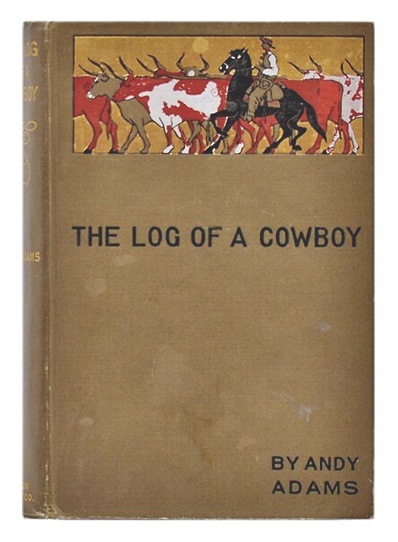From beef steak to bear sign donuts, the state is well-known for its bunkhouse fare.
Wyoming is known as the Cowboy State, and cattle ranches dotted its landscape. Where there were cows, there were cowboys. They had their own language and culture, and their influence can still be seen all over Wyoming with rodeos, annual events and their food. Cowboys’ diets often included beef, biscuits, beans, coffee, and occasionally, a little something sweet.
It was often up to the cowboys to cook their meals in the bunkhouse, but those who lived on small ranches often took their meals with the family in the main house. Cowboys living on the bigger ranches were sometimes invited to the big house, that is, the boss’s house, for meals on special occasions like Christmas.

Beef, not surprisingly, was eaten at the ranches, in homes and at hotels and restaurants. Items included boiled beef heart with tomato sauce, roast sirloin au jus, boiled ox tongue with mushroom sauce, prime rib, braised sweetbreads, roast beef and a hamburger steak patty. The steak patty was formed into an even round and cooked on a broiler grill and topped with a tomato sauce that included tomatoes, flour, butter, onion, cloves, salt and cayenne pepper. The steak was served on a platter, and it was surrounded by parsley and topped with the sauce.
In The Log of a Cowboy (1903), Andy Adams recalled his Christmas while he was working on the range in Wyoming: “Well, three days before Christmas, just when things were looking gloomiest, there drifted up from the Cheyenne country one of the old-timers. He had been working out in the Pan-handle country, New Mexico, and the devil knows where, since he had left that range.” The old-timer recalled his last Christmas when he was taught to make what he called “bear sign” or doughnuts for the ranch hands. He told Andy, “Well, fellows, you ought to have seen them—just sweet enough, browned to a turn, and enough to last a week.” They were so impressed with this story that they made him stay on and make bear sign for their outfit through spring. Adams wrote, “After dinner our man threw off his overshirt, unbuttoned his red undershirt and turned it in until you could see the hair on his breast. Rolling up his sleeves, he flew at his job once more. He rolled his dough, cut his dough, and turned out the fine brown bear sign to the satisfaction of all.”


Bear Sign (Doughnuts)
1 ¾ c. flour, sifted
2 tsp. baking powder • ½ tsp. salt
½ tsp. baking soda • ¾ c. sugar
1 egg, beaten • ½ c. buttermilk
1 tbsp. butter, melted
4 cups oil or lard for frying
Sift the dry ingredients into a large bowl.
In a separate bowl, beat the egg and sugar until blended. Add the milk to the egg and sugar and then the melted butter.
As you mix, the dough should become firm enough to roll. Do not overmix the dough or it will become tough.
Lightly dust the rolling surface with flour and roll out part of the dough into about ¼-inch thick. Cut with a doughnut cutter or shape into doughnuts.
Heat the oil in a deep pot and add enough oil or lard so the doughnuts will float. The oil should be 350–375°F.
Gently drop the doughnuts into the fat and allow to rise, flip and cook for about 1–2 minutes longer.
Remove to paper towels and allow to cool.
Frost with your favorite topping or dip into powdered sugar or cinnamon sugar.
Adapted from Wyoming’s The Sundance Gazette, September 20, 1889.






